- Share -
0

0

- Share -














NEXT
TOP
HOME






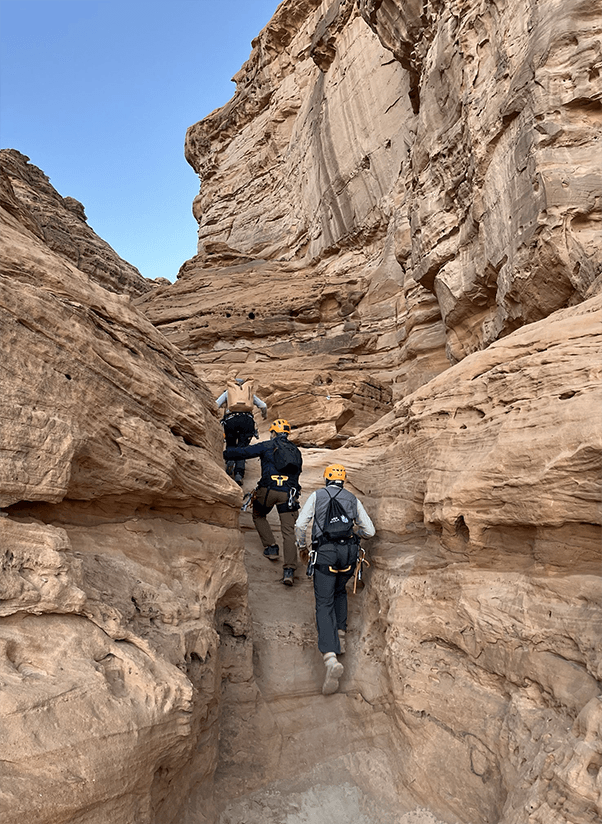

LEARN MORE



With its steep cliffs and ancient staircases having long ago been largely destroyed by sandstone erosion, Umm Daraj is not easily accessible, even on foot. Rather than accessing the summit by helicopter, the mission chose to install a non-invasive fixed-rope system with professional climbers from CorDATA, a French engineering company specialized in accessing difficult areas. For five weeks, this solution allowed daily access to the summit, the base, and the intermediate zones that are rarely studied. More eco-responsible, this approach also offered an opportunity for the researchers to walk in the footsteps of the Dadanites themselves.

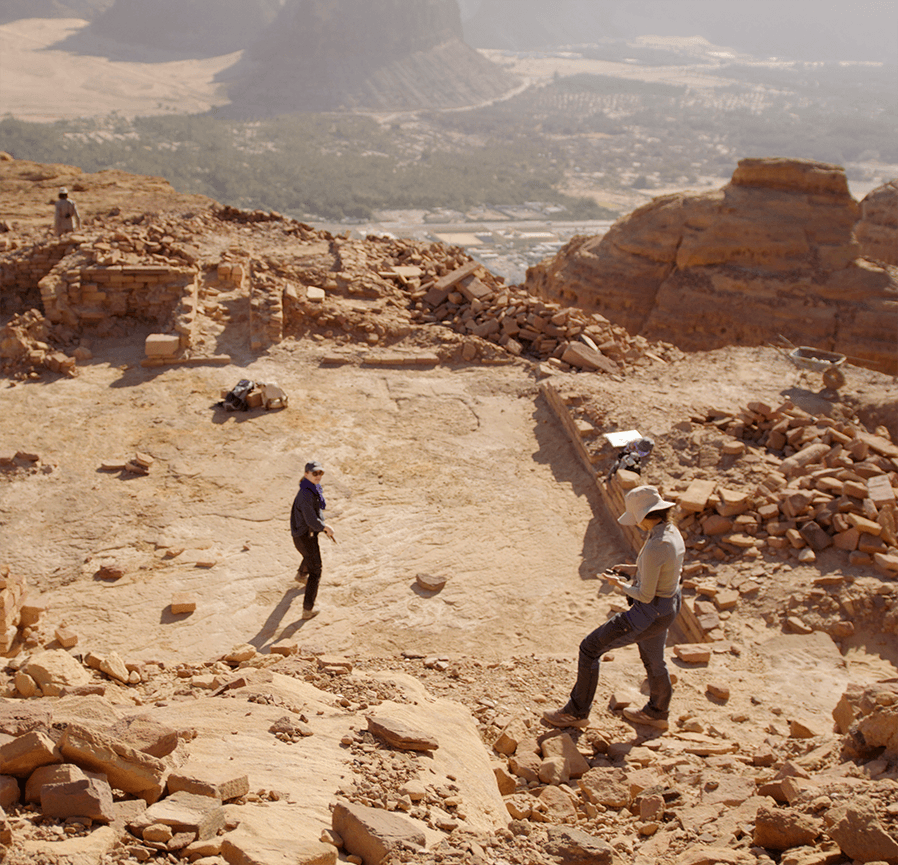
These discoveries raise many questions. What was the religious function of Umm Daraj? Did its unique staircase, marked with inscriptions, trace the path of a ritual procession? What connection was there between this precarious sanctuary and Dadan, sited opposite in the valley below?
Many questions such as these highlight the scope of the work that still remains to be done. “A large-scale archaeological program should hopefully further reveal the riches of Umm Daraj and confirm its ranking as among the best-preserved high mountain sanctuaries in Arabia”, concludes Dr. Ingrid Périssé-Valéro.

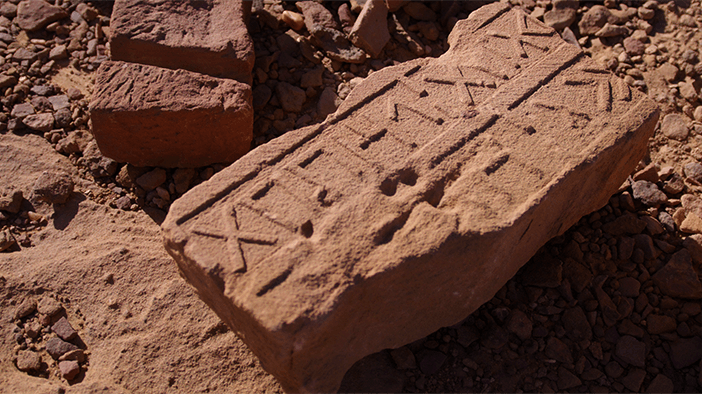
Dr Ingrid Périssé-Valéro
Director of the Archaeology & Heritage division of AFALULA and co-director of the Umm Daraj archaeological mission
“ Our challenge is also to understand the connection of Umm Daraj with the great sanctuary of Dadan, where the famous colossal statues were discovered and, more broadly, with the other sanctuaries of the region ”
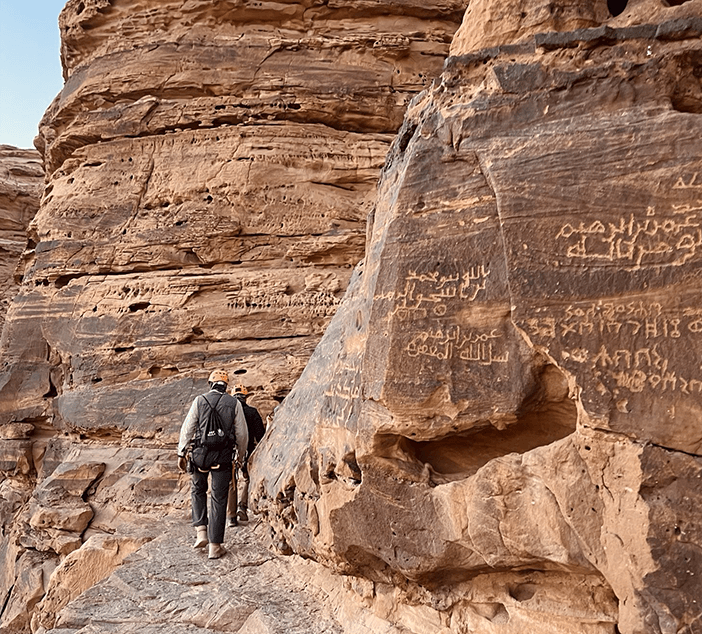
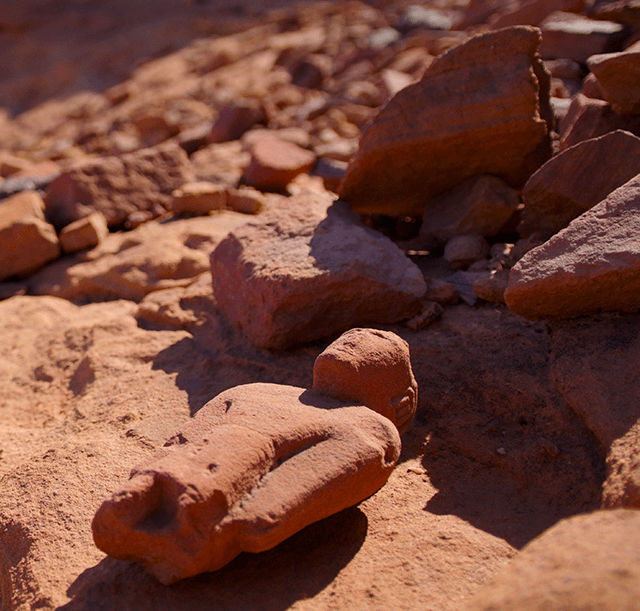
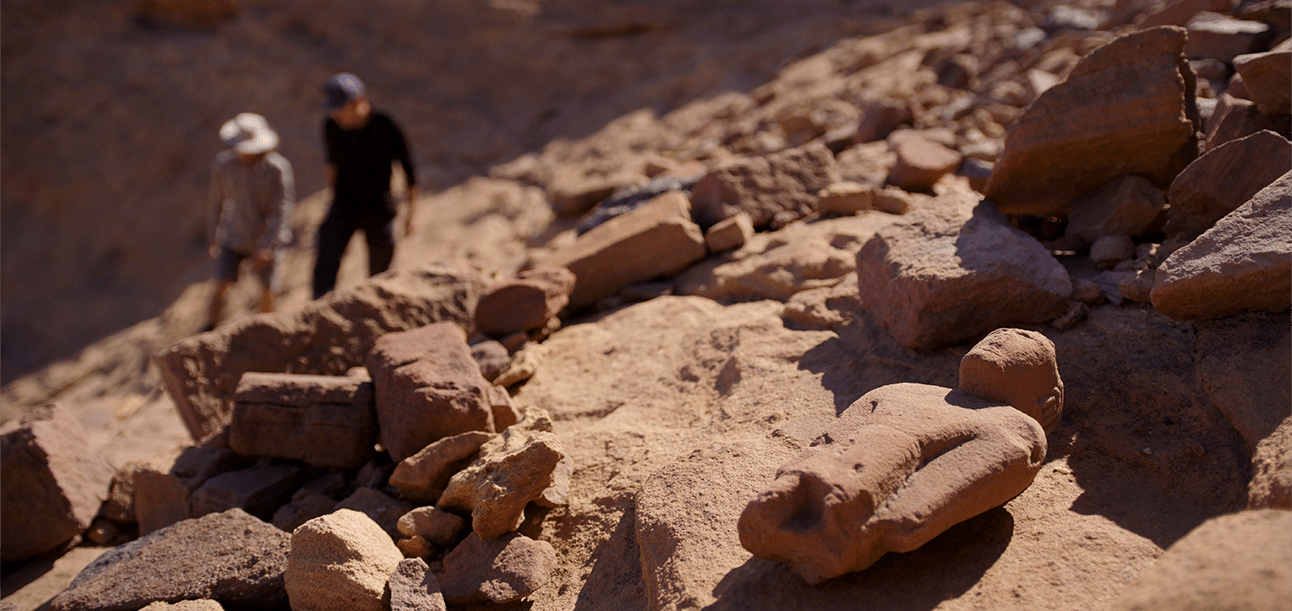
The scientific teams were struck by the exceptional state of preservation of the sanctuary and by the abundance of the remains. Monumental staircases, rectangular platforms and remnants of devotional offerings mark the ascent toward the sanctuary, revealing a highly populated and continuous occupation, undoubtedly beyond the Dadanite and Lihyanite periods.
More than 440 inscriptions carved in several languages, mostly in Dadanitic, bear witness to the rituals that were performed at the summit during pilgrimages. The most striking discovery remains that of a building identified as the temple of Dhu Ghabat, whose high-quality construction highlights its evident importance.





Ingrid Périssé-Valéro, Director of the Archaeology & Heritage division of AFALULA and Josselin Pinot, Doctoral student in Ancient Near Eastern Archaeology for Archaïos, take us on a tour of the Umm Daraj site.


Dr Ingrid Périssé-Valéro
Director of the Archaeology & Heritage division of AFALULA and co-director of the Umm Daraj archaeological mission
“This first evaluation phase was essential for identifying the remains and assessing the site, thus laying the groundwork for a future in-depth research project. We have adopted an interdisciplinary and holistic approach, mobilizing complementary expertise in order to act rapidly and to guide future research.”
Perched on the foothills of the basaltic Harrat al-Uwayrid in the AlUla valley, the mountain of Umm Daraj — literally translated as "the mother of stairs" — overlooks the important archaeological site of Dadan.
Long forgotten due to its inaccessibility, the site of Umm Daraj was first mentioned only in 1988 by Dr. Abdallah Adam Nasif, after having been alerted by locals who had returned from the summit with statuettes. The pottery fragments and inscriptions found there allowed Umm Daraj to be identified as a major site from the first millennium BCE.
In 1993, Dr. Hussein Ali Abu al-Hassan undertook the first in-depth research on the site and put forward the hypothesis that the site had a religious function. From the first millennium BCE, the Dadanites are believed to have honored the great deity Dhu Ghabat there.
In 2015, Dr. Hussein Ali Abu al-Hassan led a campaign that succeeded in rescuing thousands of artifacts from the black market, which have since been inventoried and cataloged by the Commission for AlUla.
In 2024, his exploration resumed as part of a mission led and carried out in the field by AFALULA in partnership with Archaïos.


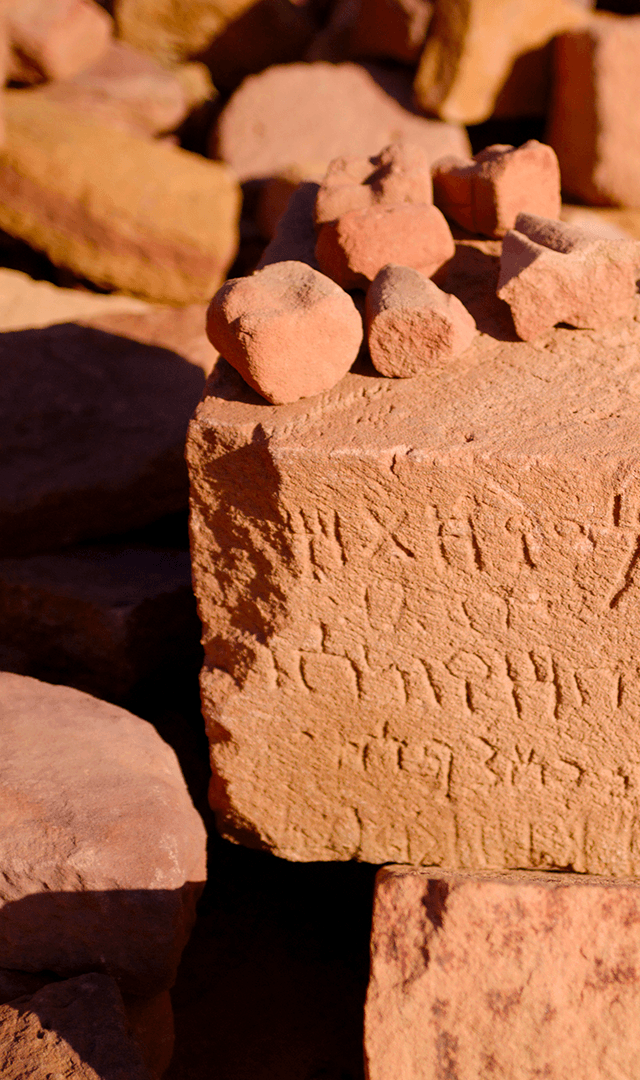

Focus





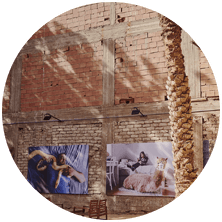











VISIT AFALULA.COM
READ THE PREVIOUS ISSUES
Subscribe to the newsletter























